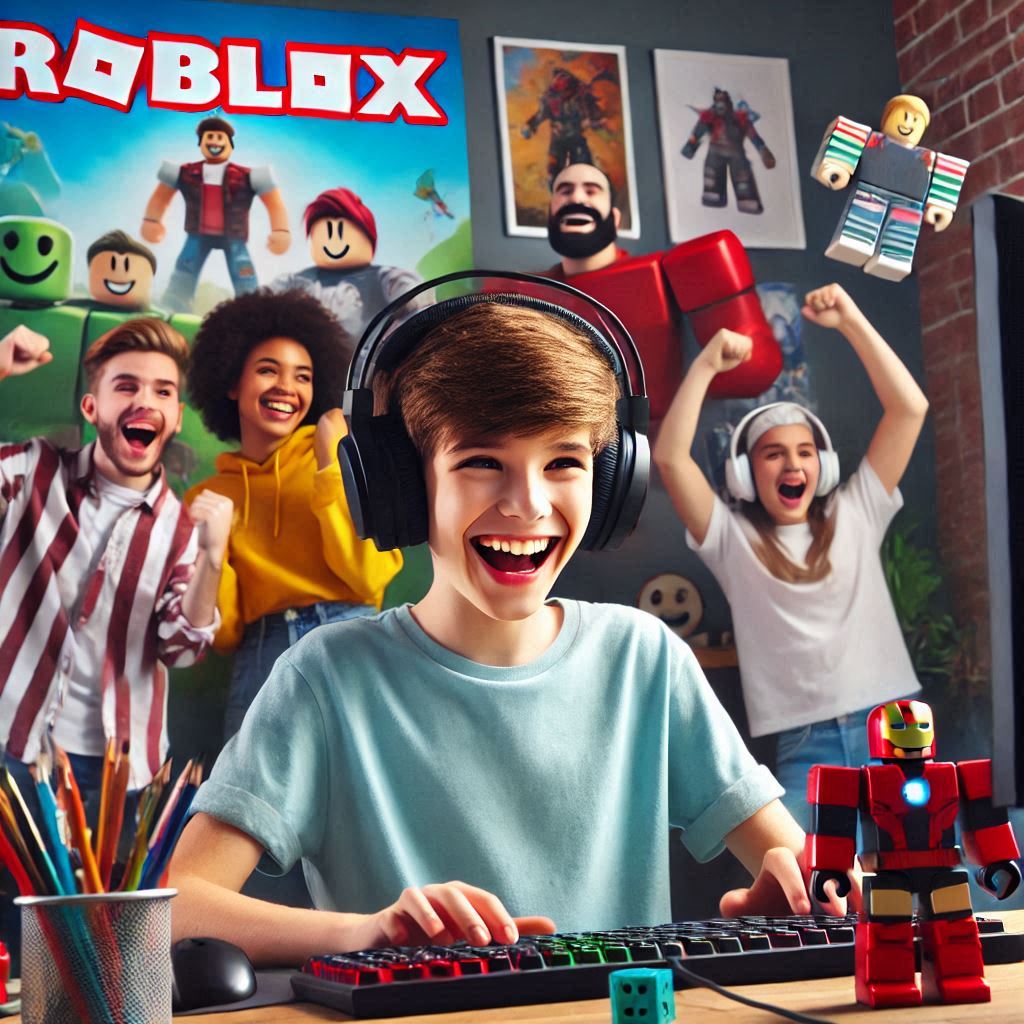
Content Creators: Who are They and What do they do?
A content creator is an individual who produces and shares original content across various digital platforms. Content creators can be found in many forms, such as YouTubers, bloggers, podcasters, social media influencers, and streamers. Their content can include videos, articles, photos, podcasts, music, tutorials, reviews, or other types of media.
For example, a YouTuber creates and uploads videos on YouTube, often on specific topics like gaming, beauty, education, or entertainment. They might engage with their audience through comments, live streams, or social media, building a community of followers. These creators often monetize their content through ads, sponsorships, merchandise, or crowdfunding.
Content creators vary widely in terms of their niche, audience, and approach, but they all share the common goal of engaging with people and providing valuable or entertaining content.
Content creators engage in several key activities to produce, share, and promote their content. Here’s what they typically do:
1. Content Creation
- Planning and Idea Generation: Creators come up with ideas for videos, blogs, photos, or other types of content that will interest their audience. This can involve brainstorming, researching trends, or focusing on topics within their niche (e.g., gaming, beauty, fitness, education).
- Production: This is the actual creation of content. For YouTubers, it might involve scripting, filming, editing, and adding effects to their videos. For bloggers, it could mean writing, editing, and formatting articles. Creators often spend time perfecting the visual and auditory quality of their content.
- Post-production: After filming or creating content, creators edit their work to make it polished. This could involve cutting footage, adding music, captions, transitions, and effects, or tweaking designs and layouts.
2. Publishing and Sharing
- Uploading to Platforms: Once content is ready, creators upload it to platforms like YouTube, Instagram, TikTok, or their own websites. Each platform has its unique audience and format requirements (e.g., YouTube for long videos, Instagram for photos and stories, TikTok for short clips).
- Scheduling: Some creators schedule their content to be posted at optimal times to reach their target audience. Many creators follow a regular posting schedule to keep their followers engaged and maintain consistency.
3. Audience Engagement
- Interacting with Viewers: Creators often respond to comments, questions, and messages from their followers. This engagement builds a sense of community and helps foster relationships with their audience.
- Live Streaming: Many creators also host live streams where they can interact in real time with their audience, answer questions, or showcase activities like gaming or tutorials.
4. Promotion and Marketing
- Social Media Sharing: Creators use platforms like Twitter, Instagram, and Facebook to promote their latest content, engage with followers, and grow their online presence.
- Collaborations: Many content creators collaborate with others, whether in the form of guest appearances, joint projects, or challenges. This can help them reach new audiences.
- SEO (Search Engine Optimization): Creators often optimize their content for search engines or platform algorithms (e.g., YouTube SEO), so it appears in search results and gets recommended to viewers.
5. Monetization
- Advertising: Many content creators monetize their work through ads, such as YouTube ads or sponsored posts on social media.
- Brand Sponsorships: Creators often collaborate with brands, promoting products or services in exchange for payment. These sponsorships may be integrated into videos, posts, or mentions.
- Merchandise: Some creators design and sell their own products, such as clothing or accessories, to generate income.
- Crowdfunding: Platforms like Patreon allow creators to receive support directly from their audience in exchange for exclusive content, perks, or direct interactions.
6. Analytics and Improvement
- Tracking Performance: Successful creators pay attention to how their content is performing (e.g., views, likes, shares, comments). They use this data to understand what resonates with their audience and to improve future content.
- Adapting Content: Based on feedback and performance metrics, content creators often tweak their content strategy or try new ideas to keep their audience engaged and grow their following.
Overall, content creators wear many hats: they’re producers, marketers, community managers, and entrepreneurs. Their work requires creativity, dedication, and the ability to adapt to the ever-changing digital landscape.

Leave your comment